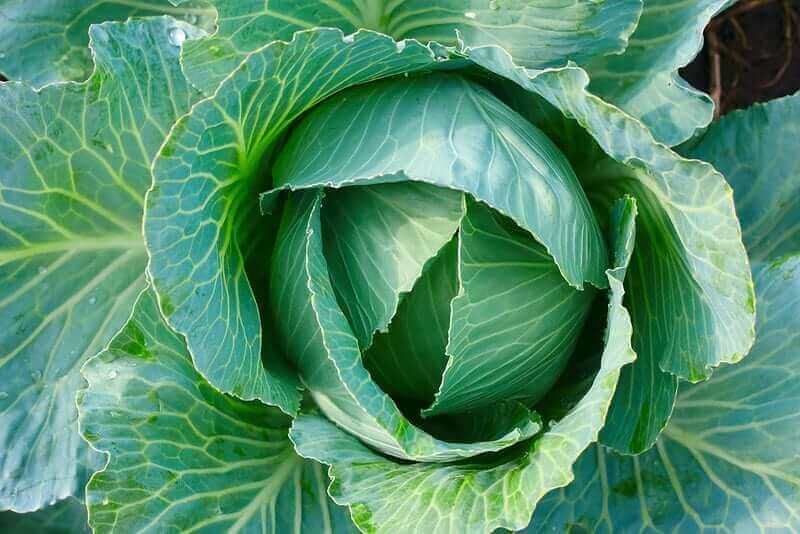
Inside: The symptoms of mastitis and blocked ducts, plus home remedies that may help and tips for preventing mastitis.
Did you know that when you kiss your baby, your breastmilk changes as needed to combat pathogens? It’s true.
“When a mother kisses her baby, she ‘samples’ those pathogens that are on the baby’s face – the very ones that the baby is about to ingest. These samples are taken up by the mother’s secondary lympoid organs like the tonsils, and memory B cells specific for those pathogens are re-stimulated. These B cells then migrate to the mother’s breasts where they produce just those antibodies that the baby needs!” (Sompayrac)
Yep, your body is amazing, but that doesn’t mean everything comes easily. Mastitis, for example, is no walk in the park . . . unless you’re the type of person that also walks across coals for fun in firewalking ceremonies, that is.
So, what is mastitis?
Mastitis is painful inflammation in one or both breasts. The inflamed area may be engorged (swollen), red, lumpy, unusually warm, or very firm when touched. When there is discomfort but no infection, these symptoms are usually referred to as plugged ducts. When an infection is present, it’s called mastitis. (Romm)
What are the symptoms of mastitis?
Although this is not an exhaustive list, here are some of the most common ones:
- Breast tenderness, sometimes warm to the touch
- Swelling/engorgement, often with hard lumps in breast
- Discomfort while breastfeeding
- Skin redness
- Fever, chills, feeling unwell overall
- Flu-like symptoms
What causes mastitis?
There are three main causes:
Obstructions (aka plugged ducts) – Plugged ducts can occur for many reasons, such as:
- Poor milk drainage due to an improper latch. Children with tongue ties often have a shallow latch that can cause insufficient drainage.
- Interrupted feedings where baby doesn’t have time to fully drain the breast.
- Restrictive clothing (such as an underwire bra) that causes pressure on breast tissue.
- Long periods between feedings – Sometimes due to being away from baby, but also sometimes due to other circumstances like baby sleeping longer than usual.
Infection – Cracked or bleeding nipples can be a point of injury for bacteria to travel into the breast and cause infection.
Inflammation – Systemic inflammation due to an allergy or localized inflammation due to an injury may also play a role in the development of mastitis.
How To Prevent Mastitis And Plugged Ducts
- Breastfeed Often – Keeping a flexible schedule and feeding on demand helps regulate your milk; if baby wants to magically sleep through the night (YAY!) or you are away from baby and this isn’t the norm, pumping can help you not go too long between feedings
- Wear a well-fitting, comfortable bra—Underwires can cause pressure and plug ducts, so use with caution!
- Eat a nourishing diet
- Get plenty of rest
- Make sure baby has a good latch and evaluate for a tongue tie if you think there might be an issue.
- At the first sign of an issue, try a hot shower or bath and massage the area.
- For recurring plugged ducts and mastitis, lecithin has been recommended. Eggs are a natural source of lecithin. For more info, go here

Mastitis Treatment Home Remedies
What To Do
- Rest, rest, rest! Mastitis is a signal that rest is needed, so snuggle with baby in bed as much as possible.
- Nurse, nurse, nurse! While in bed with baby, nurse on demand—get lots of skin-to-skin contact by taking off your and baby’s clothes as this will encourage breastfeeding.
- Apply warm compresses or a hot water bottle to the breast before breastfeeding—this will help liquefy the milk pocket and get it moving out of the breast.
- Massage towards the nipple when baby is breastfeeding on the affected breast.
- Massage during and between feedings to help loosen the milk pocket.
- Drink lots of water – staying hydrated is important for keeping your milk supply up, and breastfeeding is the absolute best way to clear blockages.
What to Apply
No need to apply all of these, I’m just offering several options so that you can use what you have on hand if possible.
Warm Compress – Apply a washcloth dipped in hot water or herbal tea – chamomile, ginger, marshmallow root, slippery elm and burdock root are good options. Also in this category: A hot water bottle, tub soak or hot showers with massage.
Potato Poultice – “Apply a poultice of freshly grated raw white potato two to three times a day. This is a wonderful remedy because nearly everyone has a potato, and it is remarkably effective in reducing pain, blockage and inflammation. Remove the poultice when it becomes warm, usually after about 20 minutes, and repeat with fresh grated potato several times daily.” (Romm)
Cabbage Leaves— Apply cold cabbage leaves to affected breast and leave on for about twenty minutes, then remove. If it’s easier, you can line your bra cups with the leaves – just make sure the bra is loose and not restrictive. The leaves can be applied up to three times a day (if applied more than that for a longer period of time, cabbage is known to affect milk supply)
Fenugreek Seed Poultice – Grind a few spoonfuls of fenugreek seed into a powder using a coffee grinder. Add just enough boiling water to make a thick paste. Let it cool enough to be comfortable to touch, then place them on a clean cloth and apply to the affected breast.
Supplements That May Help
- 4-5 raw garlic cloves per day — The cloves can be coarsely chopped and swallowed.
- Echinacea Tincture — “Take 1/2 to 1 teaspoon of echinacea tincture every 2 to 4 hours depending on the severity of the problem. Continue for at least 24 hours after all signs of illness are past. (Romm) Here’s where to buy an organic echinacea tincture.
- Poke Root Tincture – “My all-time favorite mastitis remedy is poke root tincture. It usually gets rid of mastitis within 24 hours.” – Mellanie Sheppard, IBCLC, RLC
- Whole food sources of Vitamin C – Baobab fruit powder is naturally high Vitamin C and is considered safe to drink while breastfeeding (Where to buy baobab fruit powder)
When To See A Doctor
According to Aviva Romm, M.D. – who is also an herbalist and midwife – “Herbal treatment for mastitis consists of herbs to treat local inflammation and infection, and those to relieve systemic symptoms associated with fever such as myalgia and chills . . . Improvements are usually seen within 12 to 24 hours, and complete recovery usually occurs in 48 hours. Should symptoms worsen, abcesses form, or treatment not lead to adequate results within 72 hours, medical treatment should be sought.” (Romm)
According to Kelly Bonyata, BS, IBCLC, you should “Talk to your DR about starting antibiotics immediately if:
- Mastitis is in both breasts.
- Baby is less than 2 weeks old, or you have recently been in the hospital.
- You have broken skin on the nipple with obvious signs of infection.
- Blood/pus is present in milk.
- Red streaking is present.
- Your temperature increases suddenly.
- Symptoms are sudden and severe.” (Bonyata)
Want more research-backed natural remedies?
No problem, I’ve created a free ebook for you – Kitchen Apothecary: 25+ Natural Remedies Using Ingredients From Your Pantry – as a gift for signing up for my newsletter. You’ll also get updates when I post about safe essential oils for pregnant/breastfeeding mamas, exclusive gifts and coupons (I was able to give away a jar of free coconut oil to anyone who wanted it recently!), plus other goodies.
(source: heathy.com)
(source: heathy.com)

No comments:
Post a Comment